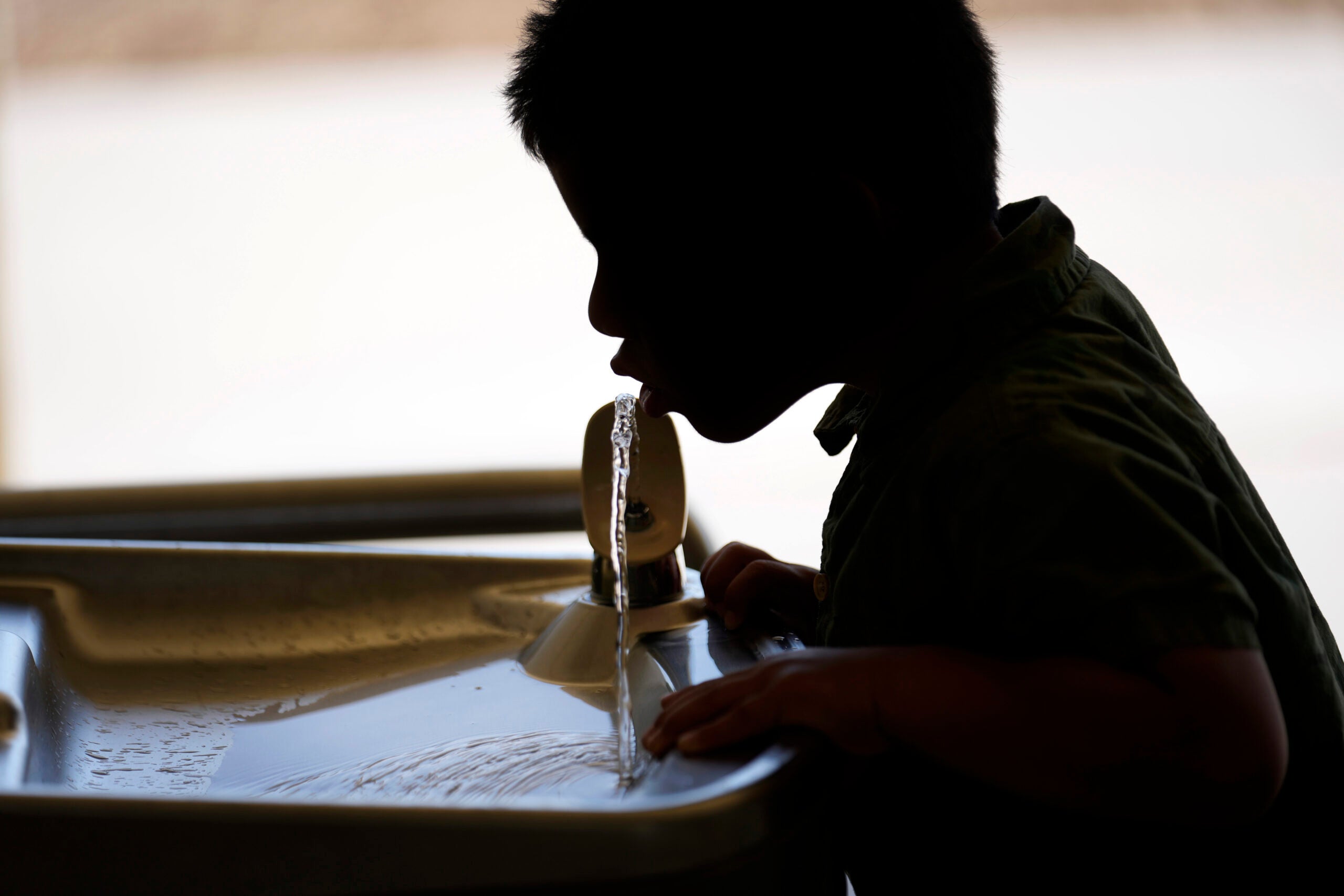Fluoride. If you’ve been watching the news and keeping up, you’ve noticed that fluoride in drinking water has become controversial. Why now, since fluoride has been in municipal drinking water for decades?
Let’s take a deep dive — so you know the why’s and how’s of the fluoride issue. Knowledge is power. Put on your thinking cap, and here we go.
First off, what is fluoride? It’s a form of fluorine, which is a halogen in the periodic table of elements. Remember that table? You learned that in science class. Other halogens include chlorine, which we put in drinking water in tiny amounts to keep it free from bacteria and viruses; bromine; and iodine, which is used on skin wounds to keep down the germs. Halogens are incredibly useful in keeping us healthy.
News with a little more humanity
WPR’s “Wisconsin Today” newsletter keeps you connected to the state you love without feeling overwhelmed. No paywall. No agenda. No corporate filter.
The fluoride story started in the early 1900s, when a young dentist, Dr. Frederick McKay, left the East Coast to open a practice in Colorado Springs. There, he noticed the adults and children had brown stains on their teeth but no cavities. No one knew why this was happening — this was, by the way, the beginning of public health research. Over time, they discovered there was lots of naturally occurring fluoride in the drinking water. Because there was so much, it kept people’s teeth strong but also stained them.
Lots of early research happened between his discovery and 1948, when researchers at the Michigan Department of Health and other public health organizations voted to add fluoride to the drinking water in Grand Rapids, Michigan, the first city to fluoridate its water. During the 15-year project, researchers monitored the rate of tooth decay among Grand Rapids’ schoolchildren, about 30,000 of them. After collecting 15 years of data, they found that cavities dropped by 60 percent for kids drinking fluoridated water.
This revolutionized dental care, making tooth decay for the first time in history a preventable disease for most people. Fluoride began being added to toothpaste, and the research also encouraged many cities and towns to put fluoride in drinking water.
Studies in the 1950s and ‘60s showed that water fluoridation reduced childhood cavities by 50 to 60 percent. Major progress. Additional studies in 1989 showed that the 50 percent reduction still held up, but a study in 1990 showed that adding fluoride to drinking water might be bringing only about a 20 percent cavity reduction.
The conclusion of that study and other research studies implied there was a so-called “halo effect” — that because most kids were now using fluoride toothpaste, it was already reducing their cavities.
In other words, communities without fluoride still had kids brushing their teeth with fluoride toothpaste, which had a direct effect on the teeth it touched. And when kids brush their teeth, they do swallow some toothpaste.
So let’s hop over to Europe for a moment. A 2011 European Commission review found that the benefits of water fluoridation for adults, in terms of reductions in decay, are limited.
That’s likely because many countries in Europe already have experienced substantial declines in cavities without water fluoridation, due to the widespread use of fluoride toothpaste and the introduction of other fluoride-containing products, including mouthwash, dietary supplements and professionally applied fluoride tooth varnish.
For example, in Finland and Germany, tooth decay rates remained stable or continued to decline after water fluoridation stopped in communities with widespread fluoride exposure from other sources. And, unlike the U.S., much of Europe has school-based dental care, meaning kids there see the dentist far more often than here because it’s free.
Let’s talk side effects for a moment. The most common side effect of excessive fluoride, particularly in children, is discoloration of the teeth, beginning with mild mottling and going from there. This occurs in areas where there is natural fluoride in the municipal water supply, just like it was in Colorado Springs. Those communities obviously do not fluoridate their water and often get their water from other sources. Stay well.
This column is the opinion of the author, © Copyright 2026. Dr. Zorba Paster is a family medicine physician practicing in southern Wisconsin. Consult a health care provider for personal health information. The opinions expressed aren’t meant to reflect the views of Wisconsin Public Radio, its employees, the University of Wisconsin-Madison or the Wisconsin Educational Communications Board.
Zorba Paster On Your Health airs on WPR News Saturdays at 1 p.m. and Sundays at 6 p.m.



